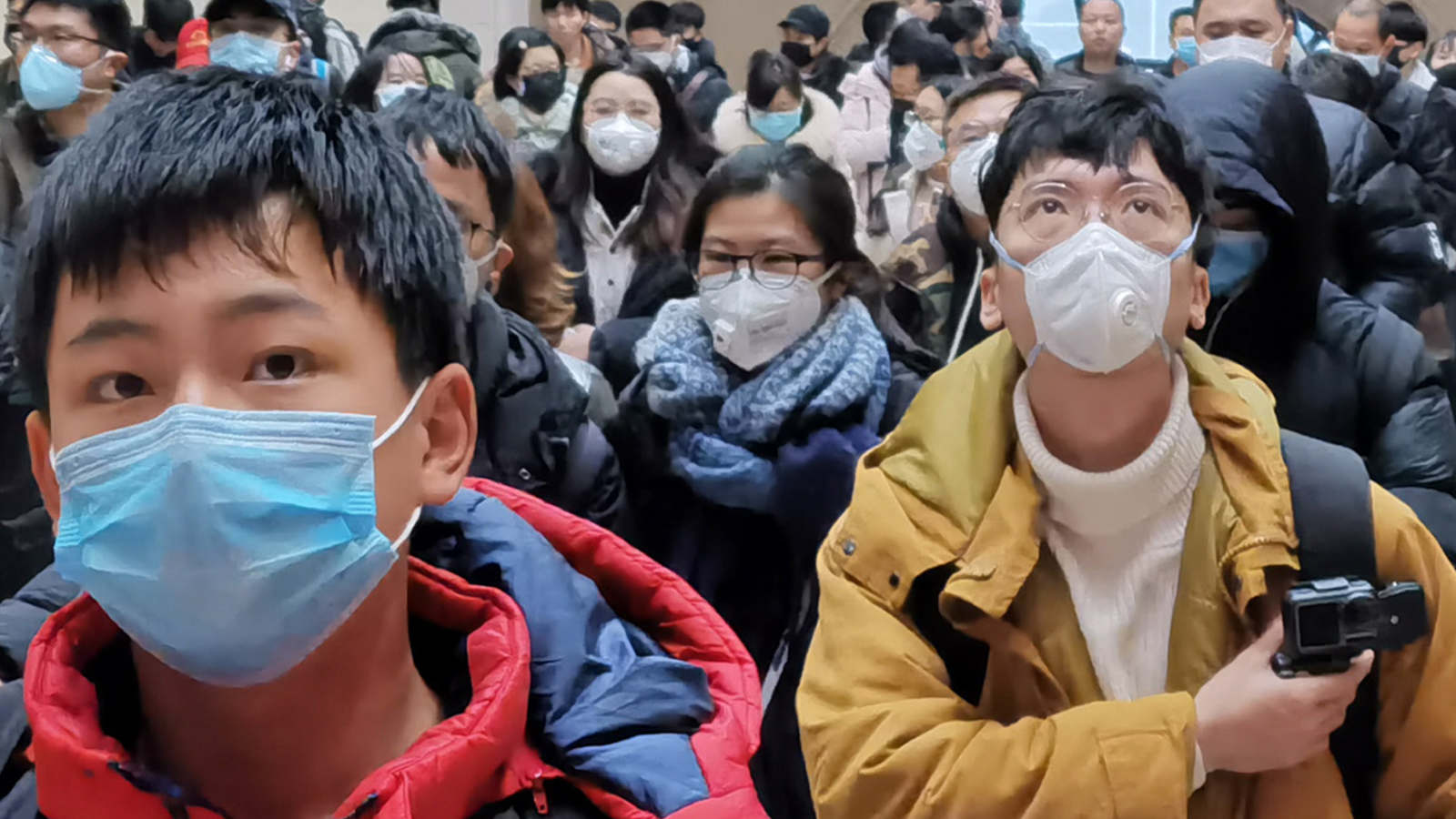Staying in Wuhan more risky than 14 days on Christmas Island
by Raina MacIntyreThe World Health Organisation has declared a public health emergency of international concern, after waiting and watching and perhaps hoping things would get better in Wuhan. Instead, there has been a continuing surge of cases of coronavirus in China since January 18.
That this has occurred despite all the measures being taken by China is probably due to several factors, including increased travel for New Year, as travel is a major vector for spreading infections globally. It may also be due to person-to-person transmission, or asymptomatic transmissions. There may also have been increased detection, testing and reporting of cases, and possibly ongoing exposure to an environmental or animal source of infection.

Without any drug or vaccine for this virus, we must use every other measure at our disposal to control the spread. Public health measures to control the epidemic include reducing travel, screening of passengers coming from China, identifying new cases rapidly and isolating them, tracking close contacts of infected people and monitoring them for symptoms – and quarantine.
Our citizens are stranded in Wuhan, and have been asking for help. The government has responded with a strategy to evacuate them to Christmas Island and quarantine them there for 14 days. Canberra is still locked in negotiations with Beijing to get its agreement to allow dual citizens to take advantage of this offer. More than 150 Australians have reportedly already registered to be evacuated despite well reported reservations among some.
Quarantine has been used throughout history, including in Europe during the black plague, because it works. As an island nation we have a unique advantage in that we do not have entry routes by road or rail. In fact, we have a long history of using quarantine to protect public health. We even have a longstanding Federal Quarantine Act and state public health acts for situations where the greater protection of society must be the highest priority.
We had a Quarantine Station in Sydney until 1984, which quarantined ships during the 1918 flu pandemic. Passengers on ships, no matter who they were, had to stay in cabins in the Quarantine Station until the incubation period was over. This had the effect of delaying the entry of the pandemic into Australia by almost a year.
The public health goal is to prevent an epidemic in Australia, or if we cannot prevent it, to delay it. Delay will buy us time, which means we may have a vaccine by the time it arrives.
An epidemic spreading here would cause stress on our health system. We would rapidly run out of isolation rooms and hospitals would face shortages of beds. Our health workers would be at risk of infection and even death, as was seen with SARS. Epidemic control is different to controlling chronic diseases, as they increase in size rapidly, over days or weeks. You don’t have the luxury of time, and need to act very fast before it is too late.
The two quarantine options are having a dedicated quarantine facility, or home quarantine. Home quarantine is voluntary, harder to monitor and may not be as effective if people fail to comply. A dedicated quarantine facility is preferable. We have heard that there is no other facility onshore which is ready to be used immediately as a dedicated quarantine facility for evacuees from Wuhan. While not ideal, the Christmas Island facility can be used immediately, which prevents any delay.
Understandably, the thought of being quarantined in a detention centre is off-putting to Australian citizens. Their concerns include the lack of medical care on Christmas Island and, certainly, while Ausmat teams will be deployed to provide this care, it would be preferable that anyone who became ill was flown to Perth for care.
It is also important that the use of the facility be carefully planned to have spatially separate zones for asymptomatic people and people who develop symptoms until they can be flown out. Medecins Sans Frontieres has extensive experience in designing Ebola treatment centres with spatial infection control zones, and could be asked to advise on spatial management of a quarantine facility.
Otherwise, infection control advisors should provide guidance on optimising infection control in the facility. For the evacuees, the risk of infection is real, whether they go into home quarantine or a quarantine facility. I would expect our public health teams would monitor them and move them into isolation if and when symptoms occurred, and this may be quicker and done more safely in a dedicated facility than in multiple homes scattered around the country.
For Australian families stranded in Wuhan, I cannot imagine the fear and distress they are facing. However, the consequences of staying in Wuhan are far more serious than being placed in quarantine on Christmas Island for two weeks. Cases are rising steeply every day in Wuhan, and we already know that several of the first evacuees from Wuhan to Japan were infected. Time is short and epidemics do not wait for our deliberations. Quarantine is an accepted public health measure to reduce the risk of an epidemic in Australia, and this is an unprecedented situation of having to transport large numbers of stranded citizens from the epicentre of a new viral epidemic.
Professor Raina MacIntyre is the head of the Biosecurity Research Program at the Kirby Institute, UNSW Medicine.